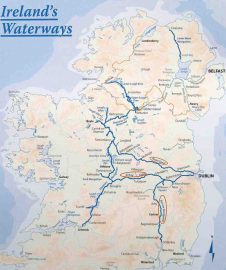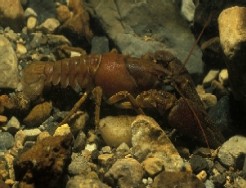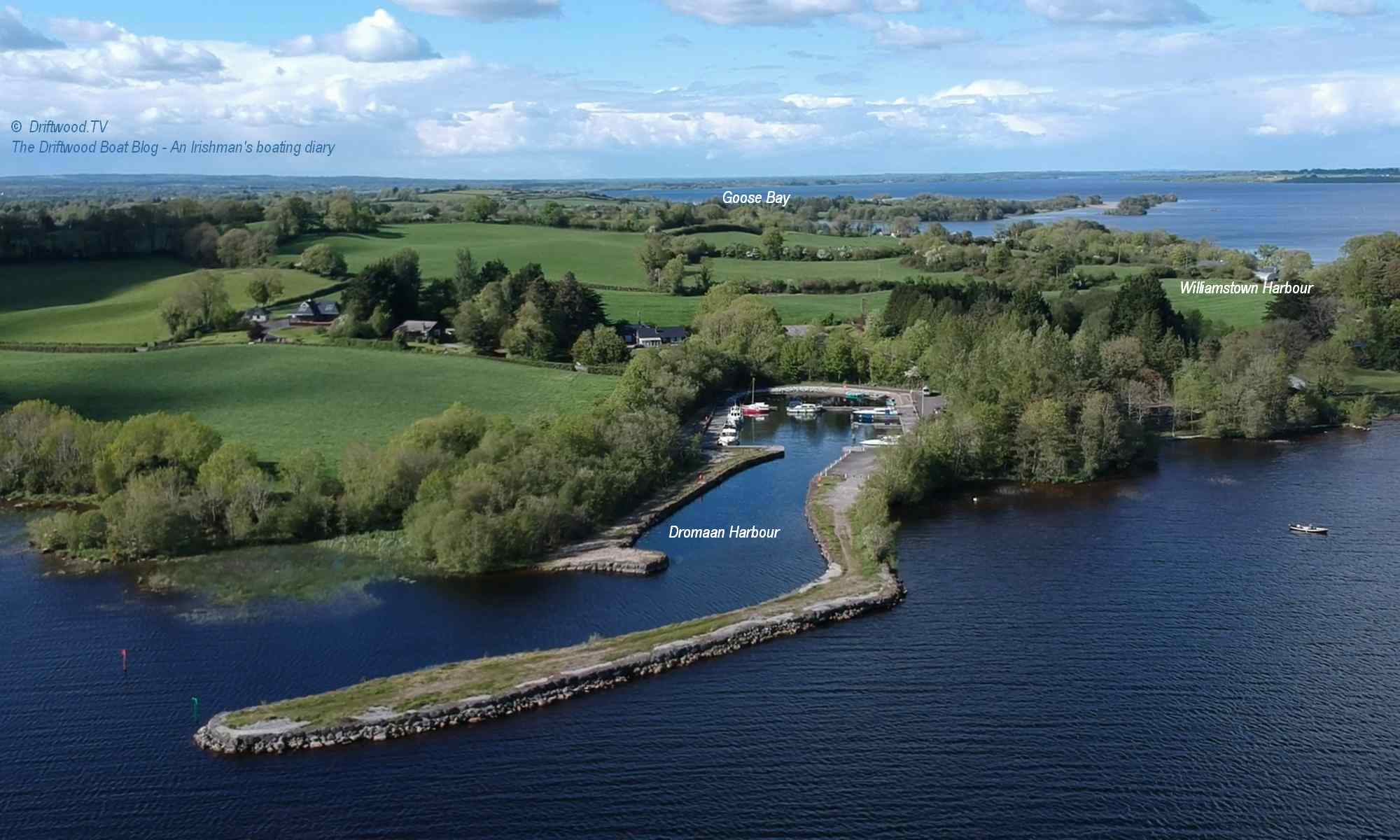
Addendum to No 39 of 2017
All Navigations
ALERT: CRAYFISH PLAGUE
CONFIRMED ON THE RIVER BARROW
AND LORRHA RIVER (Near Lough Derg):
Water users urged to take immediate bio security precaution
- „Crayfish Plague“ is a condition which only affects, but is fatal to our native populations of Freshwater White-Clawed Crayfish (All native crayfish that become infected will die)
- Crayfish Plague is easily transmitted in water or via contaminated equipment (eg canoes, waders or nets, wetsuits), machinery and potentially even by animals/pets coming into contact with water from infected areas (crayfish plague only affects crayfish and not other animals)
- Crayfish plague may also have entered into other rivers. Emergency disease containment measures are therefore needed to help ensure its containment and prevent its spread.
Commencing immediately ALL recreational, commercial, private and public body water users (boaters, walkers, swimmers, kayakers, rowers, machine operators etc) are being urged to take immediate biosecurity precautions to stop the spread of crayfish plague and are asked to operate a temporary ban on moving water sports/angling equipment and other equipment/machinery that comes in contact with the water, out of, or into the affected catchments/Rivers.
If movements are essential, all recreational equipment including clothing etc should be thoroughly dried out and the following biosecurity measures followed:
- Water sports, angling and other equipment currently in use in these catchments may continue to be used there in a limit capacity; but boats, angling/water sports equipment and machinery should not be transferred in or out of the affected catchments.
- Users operating within the affected areas are also requested to limit their activity to the immediate river sections where they normally operate, avoid moving around the catchment and follow biosecurity protocols – „Check, Clean, Dry“ – which should be adopted as standard practice in all freshwaters.
- All equipment that comes in contact with water should be checked for any silt or mud, plant material or animals.
- Before and after use all equipment should then be cleaned (Disinfectant or hot water {over 60 Degrees Celsius} should be used to clean all equipment) and finally fully dried. Drying is especially important, including removing of all water from inside a boat and disposing of it on grass.
Further information on Crayfish/Crayfish Plague
- The kill only infects species of crayfish but causes 100% mortality in our native White Clawed crayfish. Farm animals, pets and other freshwater animals and fish are not affected.
- The crayfish plague organism can be carried on wet equipment (boats, kayaks, fishing equipment, wetsuits, machinery etc) to new sites. Containment of the outbreak is essential to prevent spread to other as yet unaffected populations in Ireland and further along the Barrow and Shannon Rivers and their tributaries.
- People are also asked to alert the authorities (National Parks and wildlife, Local Council Env Section, Inland Fisheries Ireland or Waterways Ireland Environment Section) of any mass mortality of crayfish or sightings of unusual crayfish that might be non-native species (e.g. crayfish with red claws, large size).
- The White-clawed Crayfish is a globally threatened species and Ireland holds one of the largest surviving populations in Europe. Found in lakes, rivers and streams over much of the island it is the only freshwater crayfish species in Ireland. Throughout its European range, this species has been decimated by the impact of Crayfish Plague which spread to Europe with the introduction of North American species of crayfish. Until 2015, Ireland was considered free of the disease and it remains the only European country without any established non-native crayfish species.
Further information:
Source:
Interagency personnel from National Parks and Wildlife Service, Inland Fisheries Ireland, Environmental Protection Agency, Tipperary, Carlow, Waterford County and City Councils, Sports Partnerships including Tipperary, Marine Institute, Local Authority Water and Communities Offices, Waterways Ireland and National Biodiversity Data Centre
Shane Anderson Assistant Inspector of Navigation, 13 Sept 2017

